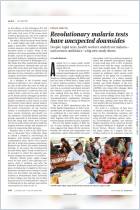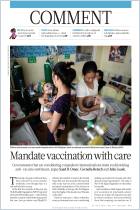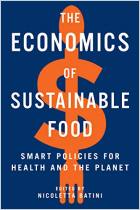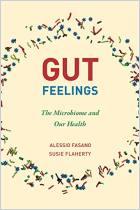
Reducing Antimicrobial Use in Food Animals
Consider user fees and regulatory caps on veterinary use
Read or listen offline
Amazon KindleRecommendation
In a Science magazine article, an international team of experts proposes ways to reduce the use of subclinical doses of antimicrobial drugs (including antibiotics) in livestock, a practice stemming from the rising demand for animal protein. The practice is responsible for drug-resistant infections in both humans and animals. Proposed strategies for a response include better enforcement of global regulations, user fees on veterinary antimicrobial use and reduced meat consumption. getAbstract recommends this article to anyone concerned with the spread of drug resistant infections.
Summary
About the Author
Lead author Thomas P. Van Boeckel is an epidemiologist who has served as a post-doctoral fellow at the Institute of Integrative Biology in Zürich, Switzerland, and more recently as a fellow at Princeton University in the United States. He works on the infectious diseases of animals and humans.


















Comment on this summary or Comenzar discusión